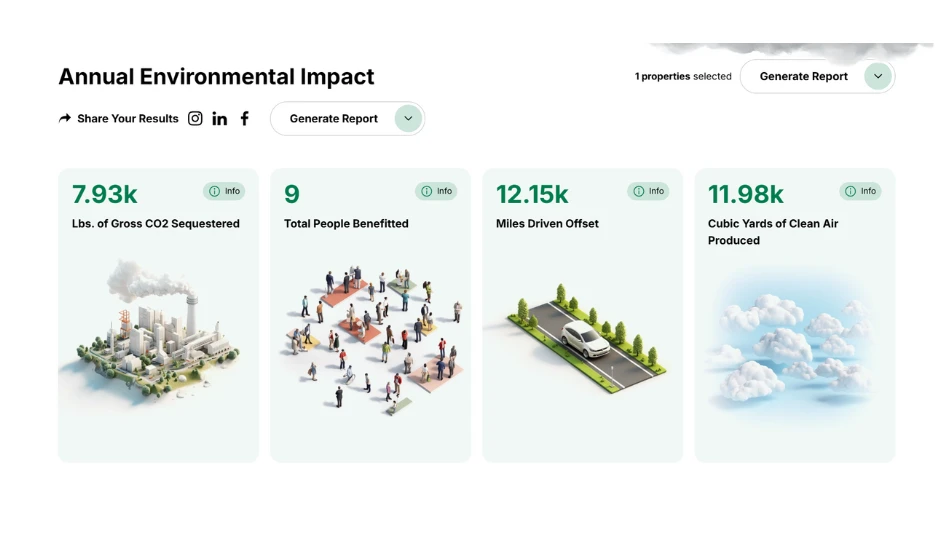As you reflect on the composition of your customers’ landscapes, are there trees growing right in the middle of the lawns? Do you swear under your breath every time you mow, having to trim around them and practice some fancy footwork trying to maneuver the mower around the trunks? If so, perhaps it’s time to sell landscape renovation, focusing on separating the grass from the other plants. If you are working with a client on a property with little or no landscaping, you can avoid this maintenance nightmare by simply thinking of turf as a part of the landscape unto itself. It should be uninterrupted by “stuff” in the middle.
|
|
FIRST THING’S FIRST. Initially, do site analyses on your clients’ properties to determine if there are tree-turf conflicts. Walk the property making notes about the locations of specific plants and hardscape elements, documenting the condition of the plants. For example, during the first pass through the landscape, simply jot down that the front yard contains a driveway and a light post, as well as a large silver maple, four lilacs and a taxus hedge growing amongst the turf, and the side and backyard landscape spaces are similar, but with a different mix of woody plants, all of which seem to be struggling.
After you’ve inventoried the locations and conditions of the landscape elements, make marginal notes about your initial diagnosis for the cause of each of these problematic areas. In the front yard situation above, the lilacs and maple create heavy shade, creating an unsuitable growing environment for the turf. The root competition from the trees and shrubs further reduce the vigor of the lawn grasses. Further analysis reveals that some turf areas are infected with powdery mildew, facilitated by the shady conditions. Realize that if the trees and turf were separated, the mildew would be less severe or nonexistent. Once you’re finished, charge the customer an hourly rate for the site analysis.
CONVINCING THE CLIENT. There are three basic points of rationale to communicate to your customer when it comes to separating trees from turf.
1. Turf and ornamentals have different growing requirements. Lawns require much more fertilizer and water than flowers, trees, shrubs and groundcovers – generally about twice as much. Ornamental plants require much less mowing than the lawn does. Growing them together compromises one set of plants for the other. If you fertilize and water the lawn at an appropriate level of input, the ornamentals growing among the grass plants will receive the same input, leading to their demise.
2. When turf and ornamentals are separated, a powerful landscape technique is utilized, providing a solid mass of each component. Called mass/void, the flowers, shrubs, groundcovers and trees become the mass, or collective beauty, while the lawn is the void, as it takes on the appearance of a big expanse of green with the same color, texture and growing height. This combination is quite attractive. In most situations, the void serves as visual relief, focusing the customer’s attention on the ornamentals.
3. Maintenance becomes easier. It’s easier to mow the lawn without having to trim around trees and shrubs. It’s easier on the trees and shrubs, as the mower tends to run into them less frequently. It’s much easier to mulch around shrubs and flowers and to water them with drip irrigation when mass/void is utilized. Point out these efficiencies as you pitch the idea of a landscape renovation.
ALTERNATIVE PLANTS UNDER TREES. Once the customer realizes the need to renovate for separation, present them with three choices:
1. Keep the trees and install adapted plants under their canopy.
2. Keep the lawn; remove the trees.
3. Both; retain masses of turf next to groupings of ornamental plants.
If the preferred choice is “keep the trees,” or “both,” draw up a sketch to incorporate some alternative plants which are adapted to the level of shade and root competition that the woody plants create in the landscape.
WATER ZONES. Create zones of plants with like water needs. To do this, review plants’ maintenance and sunlight demands. Each zone should be designed to be watered and fertilized differently from each other. Just as the separation of turf and ornamentals is wise, so is the further separation of ornamentals, i.e. shade-loving groundcovers should be separated from drought-tolerant wildflowers.
Once the zones are in place, choose the best irrigation equipment for each. For instance, using turf irrigation heads for rose beds or wildflower areas can lead to failure of the installation. In general, drip systems work well for shrubs and medium and tall perennials, while fixed spray heads tend to work best for short perennials and groundcovers. After the landscape has been installed, run the system several times to observe it’s performance. Make adjustments as necessary.
All in all, separating turf and ornamentals is a concept that will make a big improvement in the health and vigor of your customers’ landscapes.
The author is a horticulturist and certified arborist at the University of Nebraska, Lincoln, Neb., and can be reached at jfech@unlnotes.unl.edu.

Explore the May 2006 Issue
Check out more from this issue and find your next story to read.
Latest from Lawn & Landscape
- Our new Top 100 list goes live tomorrow
- Inside Capitol Hill: Landscape industry updates 100 days into Trump's presidency
- Bartlett Tree Experts gave away 50,000 tree seedlings for Arbor Day
- Connect, Control & Conserve with Horizon Technical Services
- Use Horizon's Parts Hotline
- How I built a Top 100 company
- Horizon’s Exclusive TurfGro Fertilizer
- Grow your business with mosquito control







